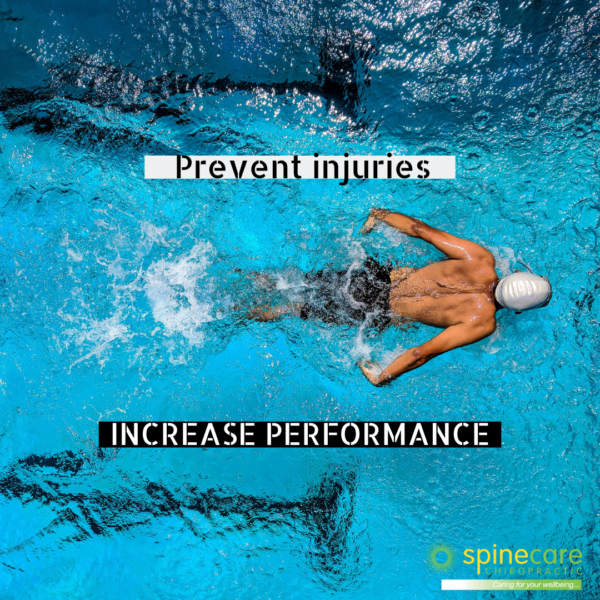What everybody needs to know about kinetic chains

If you’ve been hanging around with us long enough, you’ll know that everything in the body is connected. As chiropractors, we don’t see pain or injury in isolation. Got a sore shoulder? We’ll look at your foot to find the root cause.
We’re not being daft. We’re respecting kinetic chains.
If you’re into sport, understanding kinetic chains can give you a distinct advantage – not just for performance, but for injury and pain prevention too. And even if you’re not that into exercise, you’re using kinetic chains every single day. Keep reading to learn what they are and why they’re important.
What is a kinetic chain?
The concept of kinetic chains was coined by Art Steindler in 1955. He knew that muscles and joints don’t work on their own – they’re part of groups of muscles, ligaments and tissues controlled by the nervous system.
Like that catchy childhood tune ‘the knee bone’s connected to the thigh bone…’, kinetic chains describe the domino-like effect of one muscle moving another, moving another, stabilizing another, from head to toe.
The body is divided into two main kinetic groups; the upper, including fingers, wrist, elbows, shoulders and shoulder blades linking back to the spine. And the lower involving the toes, feet, ankles, knees, hips, the pelvis and the spine – all working in synergy.
How does a weak link cause problems?
When everything is interconnected, a weak muscle, lack of mobility or misalignment will affect the whole body.
Take the ankles, for instance. Many people have ankles that are limited in their ability to bend and flex (called plantarflexion and dorsiflexion). Put simply, they can’t point their toes far enough down, or stretch their feet far enough up. This happens for many reasons, including poor posture, pelvic misalignment, tight calves or wearing high heels (strike #425 against these modern torture devices).
When poor dorsiflexion occurs in the ankles, the knees make up for their slack mates downstairs, falling inward to take the pressure off. This results in something called valgus dynamic instability. You might have noticed it in people whose knees look like they’re knocking together when running, rather than staying nice and aligned over the toes.
Chronic valgus dynamic instability can lead knee cap pain, or even a torn ligament.
How do healthy kinetic chains function?
Kinetic chains love balance and alignment, working best when there’s steady, even weight distribution amongst muscles. Joints should be gravitationally centered; stacking one on top of the other.
When it comes down to it, that age-old prescription of ‘mind your posture, dear’ matters.
Why should sporty people care about kinetic chains?
For so many reasons.
By understanding kinetic chains, that niggling knee pain or those crippling shin splints suddenly make sense. You can look beyond the symptoms and see the bigger picture, adopting safe, proactive therapies (such as chiropractic) to deal with an injury rather than jump into drastic interventions like drugs or surgery.
The health of your kinetic chains will also influence your performance.
When one muscle is weak or underdeveloped, this loss of power is amplified along the chain.
A tennis player uses approximately five kinetic links to perform a one-handed backhand, starting in the legs and moving through the trunk, arm, forearm, wrist and hand. A problem in the leg will reduce the force with which he or she can hit the ball. Game over!
On the other hand, strong, healthy kinetic chains will maximise your performance – and potential.
Chiropractic and kinetic chains
As chiropractors, we view the body as a whole.
That’s why everyone who comes to see us enjoys an in-depth assessment, ample time to talk us through their history, and a host of measurements and tests to illuminate misalignments and weaknesses, beyond ‘what hurts’.
These small chinks in the kinetic chain can underpin bigger problems, and we’re all about nipping those in the bud so you can run, walk, jump, swim, swing, kick, sprint and throw – pain free – for years to come.

